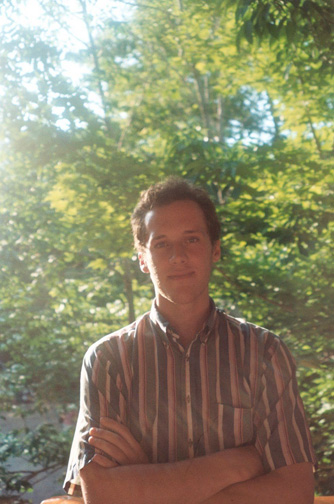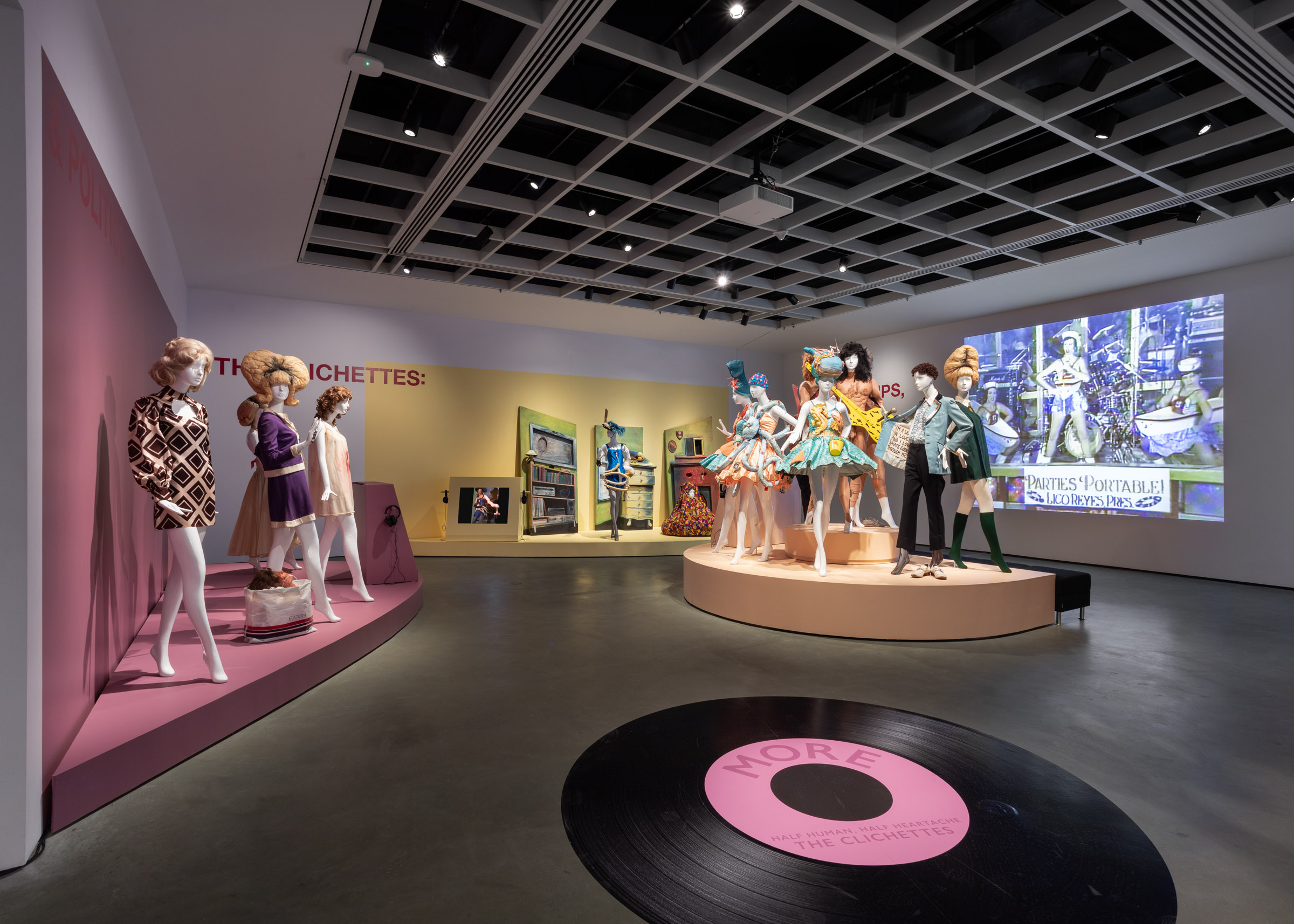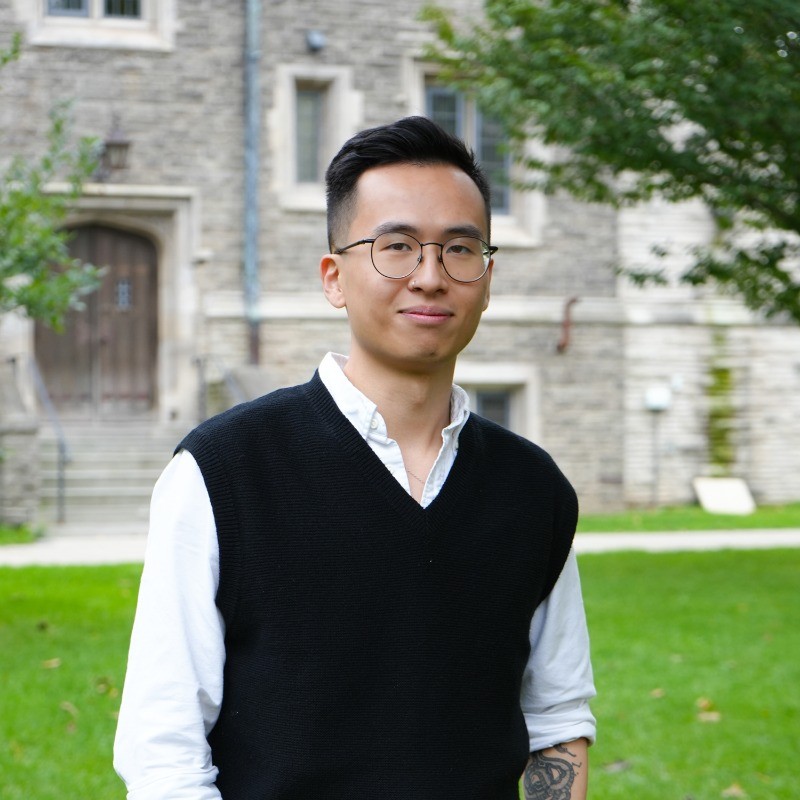A True Opening
November 17, 2014

A guest blog by Ben Robinson, 4th year English Student, McMaster University
Since last spring Gio Diokno and I have been working with Professors Brophy and Hladki as they have been preparing their exhibit for the McMaster Museum of Art entitled This is Me, This is also Me. As I was thinking and writing about the many works that were going to be included in the exhibit I grew more and more excited for the exhibit to finally open. The opening of the exhibit would mean that the various pieces that I’d seen thumbnails of on the internet or read long academic essays about would finally be physically in front of me.
However, I also had ideas about what an opening at a university gallery would be like. Now I had been to the McMaster Museum of Art many times before and always had great experiences, but for some reason in my mind an opening was an entirely different thing. I grew anxious as I imagined myself mingling in a room filled with professors, talking to them about my puny papers and how I’d just been to the gallery the week previous for my first year art history elective. I figured by virtue of its association with the University it would be a largely academic affair and as an undergraduate, I’d probably stick out a little bit.
But as I made my way into the gallery on Thursday night I very quickly recognized a friend in the line that was spilling right out the front doors of the museum. And as I entered to the smiling faces of my supervisors I was shocked to see such a mixed room. There were first years who had come straight from a lecture, research assistants who had been working on the show for months, members of the community who had come by on a whim, and even a couple of children running around. Perhaps, the students were just there for the free wine before heading back to work on papers, but the diversity of the event was marked. Together they circulated the room, discussing things like how Edvard Munch’s portrait kind of creeped them out.
And all of this speaks to the community ethos of the museum and the exhibit more generally. It was clear that all those involved were concerned with sharing their knowledge with the community in order to dispel the “ivory tower” image of the university. In fact, the Director and Chief Curator of the MMA, Carol Podedworny highlighted the importance that Professors Brophy and Hladki are “presenting their research work in a public forum” in her opening address.
This tension of being academically and yet at the same time community oriented was captured perfectly in the pair of faculty members who offered their reflections on the exhibit. The first speaker was Professor Don Goellnicht, the Director of the Institute of Globalization and Human Rights, and he took a more classical academic approach to the exhibit’s content. He lauded the inclusion of various racialized, gendered, queer, and Indigenous artists in the exhibit and went on to explain the way that marginalized began to adopt a post-structuralist idea of the self where one’s identity is fixed in any one form. He explained the way that many communities began to see the value in a flexible idea of the self in representing difference, led largely by artists like Grace Ndiritu whose video art installation shows how she can display herself in many different ways.

This academic insight into the exhibit was paired with the reflections of Professor Sheila Sammon, Director of Community Engagement. Sammon also praised the exhibit for its inclusivity of both on-campus and off-campus communities stating the importance of sharing the knowledge of the university with people in the surrounding area. The project embodied the idea of knowledge translation in the way it had brought academics and artists and community members together to discuss common issues.
That is the beauty of an exhibit like this in my mind, that it unites people locally and offers an opportunity for knowledge to be shared across groups. I knew going into the exhibit that it represented a diverse range of perspectives but I was please to see that the community gathered to celebrate the opening of the exhibit also represented diverging ideas of gender, race, class and age. It struck me that in a beautiful moment of symmetry, the various “Me”s hanging on the walls in the museum were like a reflection of the diverse collection of “Me”s that filled the interior of the room for the opening.

McMaster Museum of Art wins Exhibition of the Year for The Clichettes: Lips, Wigs and Politics
December 2, 2025
On Monday, December 1, 2025, Galeries Ontario / Ontario Galleries (GOG) announced the winners of the 48th Annual GOG Awards and the McMaster Museum of Art (M(M)A) took away the top award for the Exhibition of the Year (Budget Over $50K) for the Fall 2024 exhibition The Clichettes: Lips, Wigs and Politics produced in partnership […]

The Creative Process: Well-being through art with the McMaster Museum of Art
August 22, 2025

McMaster Museum of Art Welcomes New Communications Officer Jeff Jung Sing Chow
July 11, 2025





